These 8 Simple Swaps Will Help You Burn Fat Faster
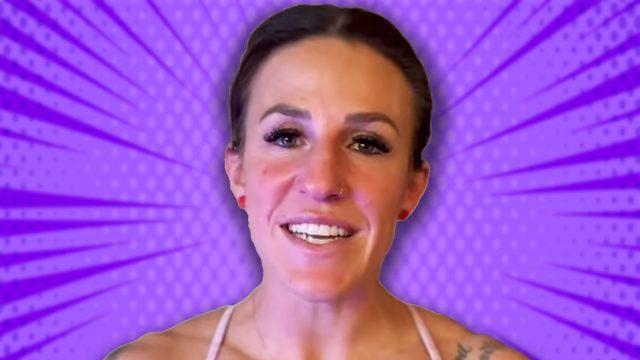
Do you want to lose weight faster? If you are willing to make a few simple swaps, you can burn fat more effectively. Brittney Blanco is a Macros Nutrition Coach and social media influencer who regularly shares her creative weight loss meal recipes with her followers. In a new social media post, she reveals a few small changes she made for big results in terms of weight loss. "Maximize fat burning with these 8 simple swaps that deliver real results!" she writes.
She Swapped Peanut Butter for Powdered Peanut Butter
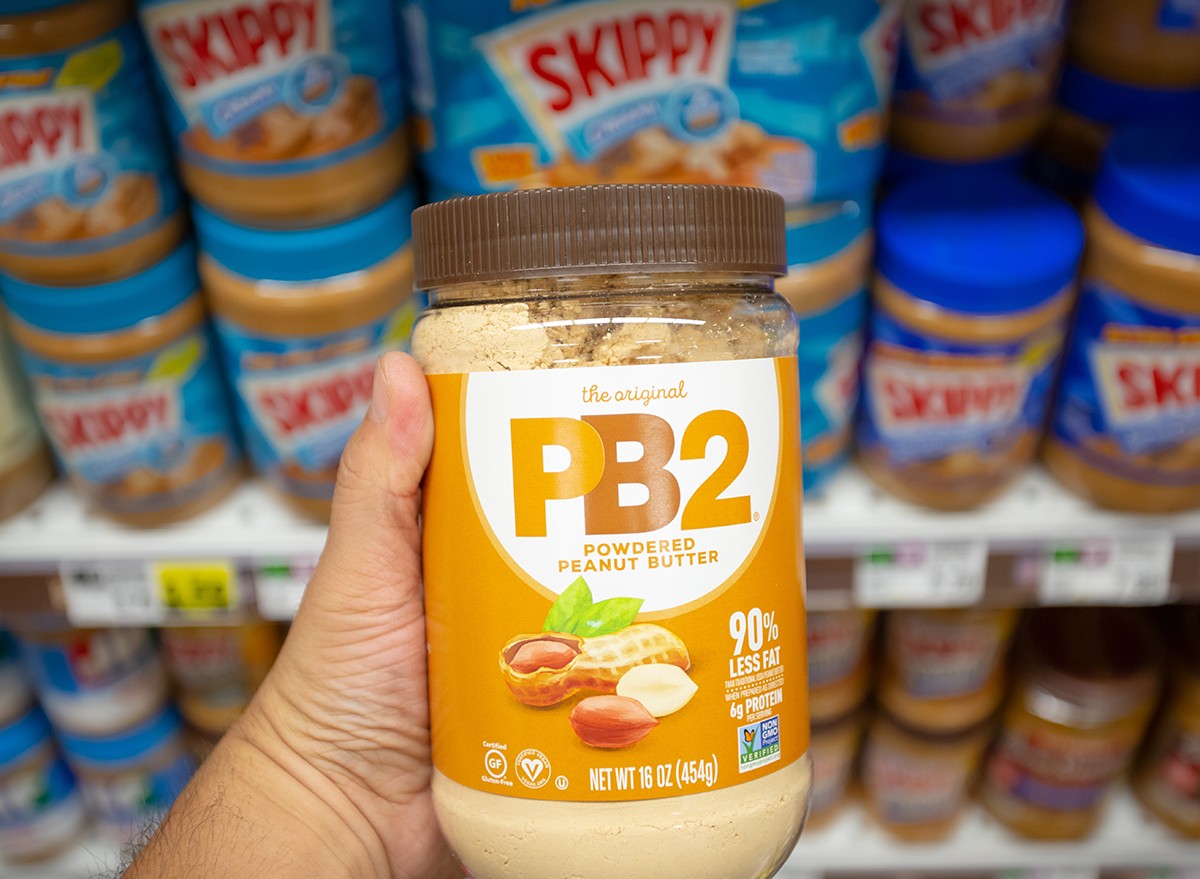
Her first swap was powdered peanut butter for regular peanut butter. "Same great taste, fewer calories, and more protein! Perfect for keeping you on track without sacrificing flavor," she writes.
She Swapped Fattier Beef for Leaner Beef
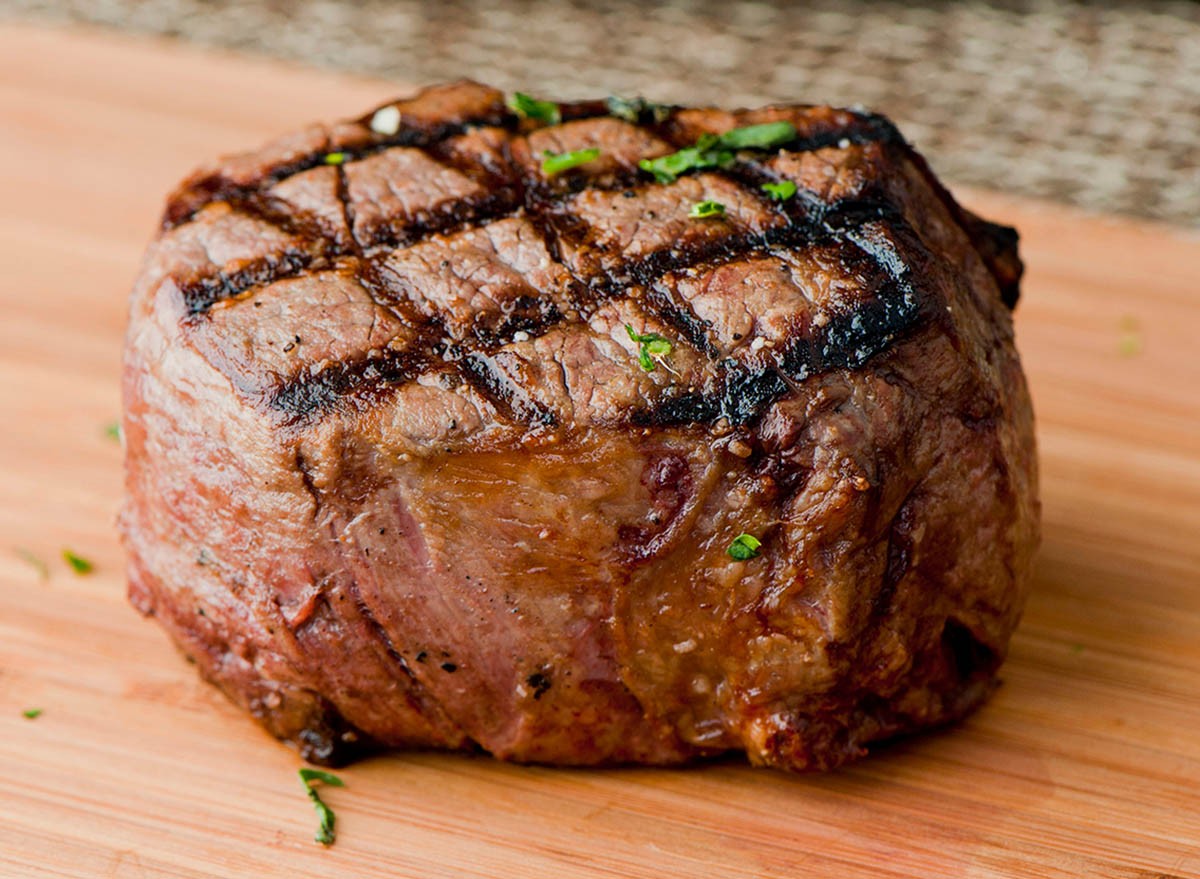
Her next swap was 80% ground beef for 96% lean beef. "Leaner beef means more protein and less fat, helping you stay full and fueled without the extra calories," she wries.
She Swapped Potato Chips for Popcorn
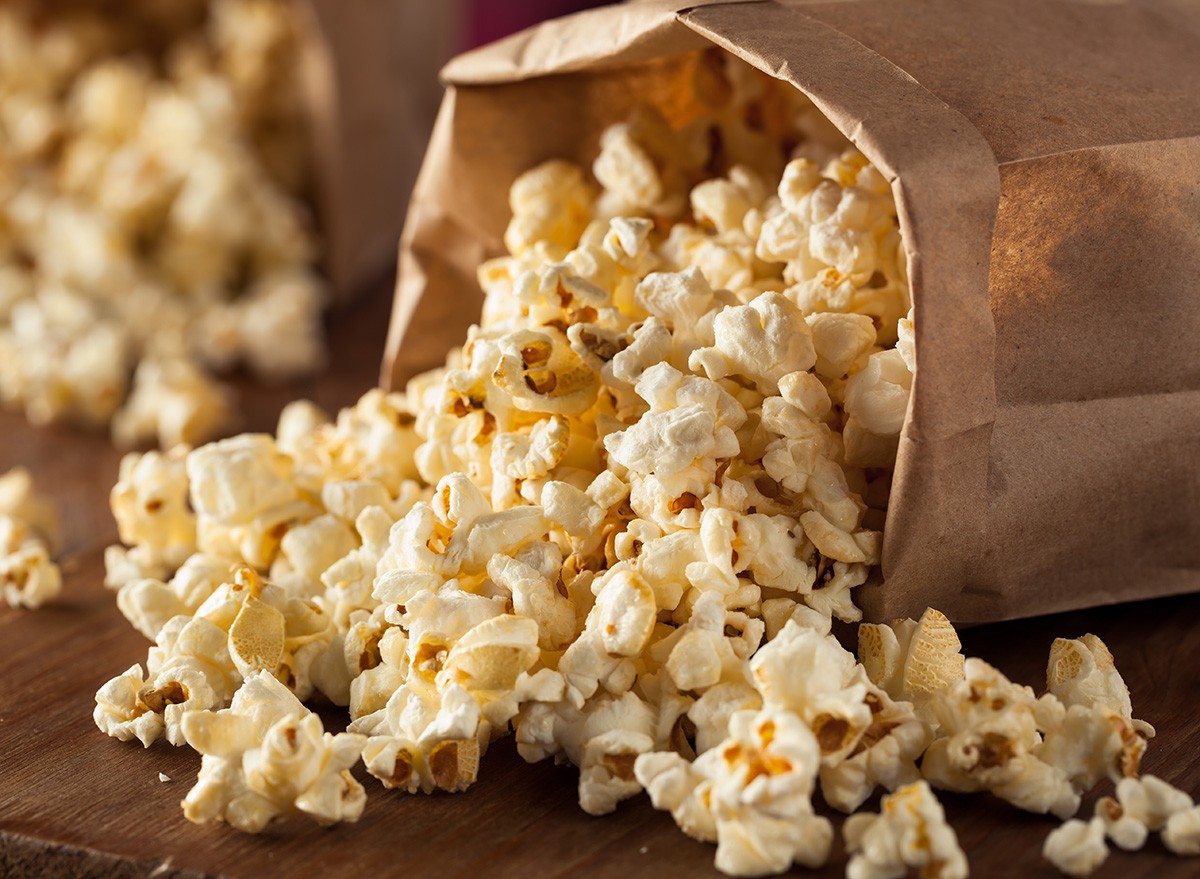
Next she swapped potato chips for popcorn. "Satisfy those crunchy cravings with popcorn! It's lower in calories and can be just as satisfying when you portion it right," she writes.
Creatine Every Day
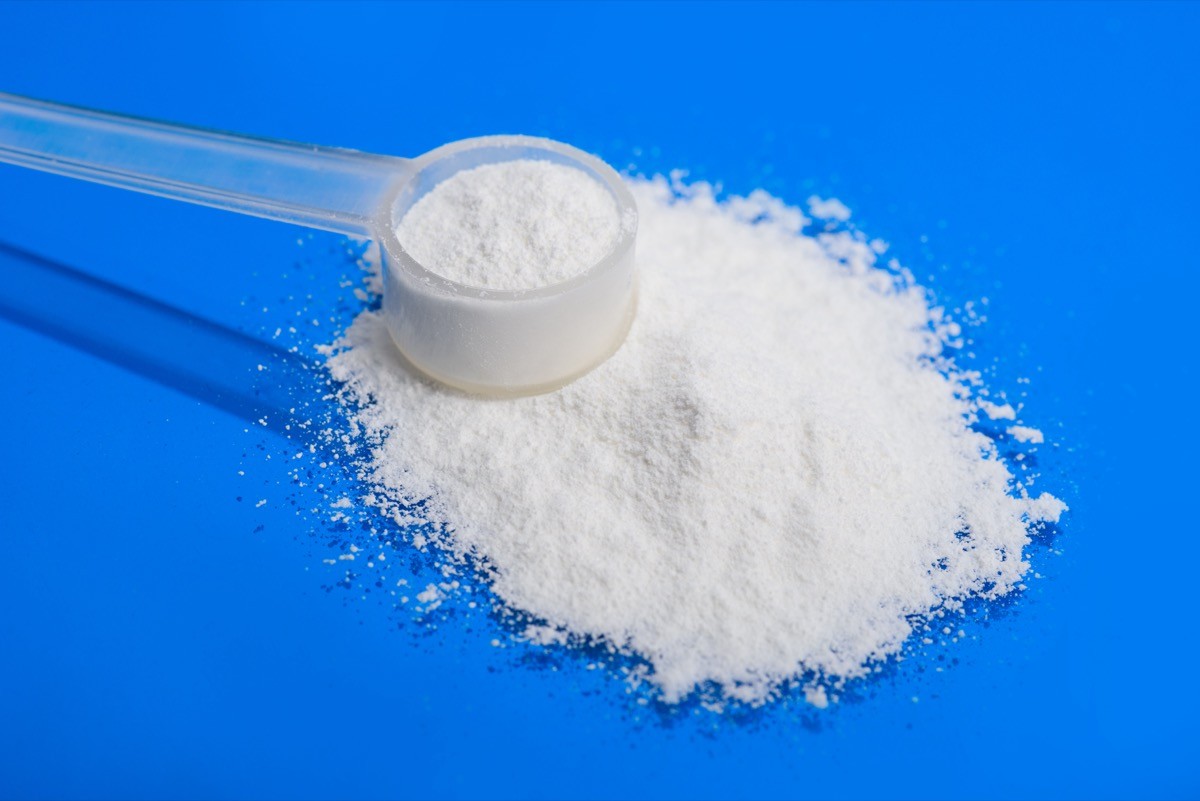
Not as much a swap, but she started taking creatine daily. "Creatine isn't just for bodybuilders! It boosts energy and strength, helping you work harder and burn fat faster. I love @legion Creatine Gummies for a quick, convenient boost," she writes.
Full-Fat Dressing for Low-Fat or Vinegar-Based Dressings
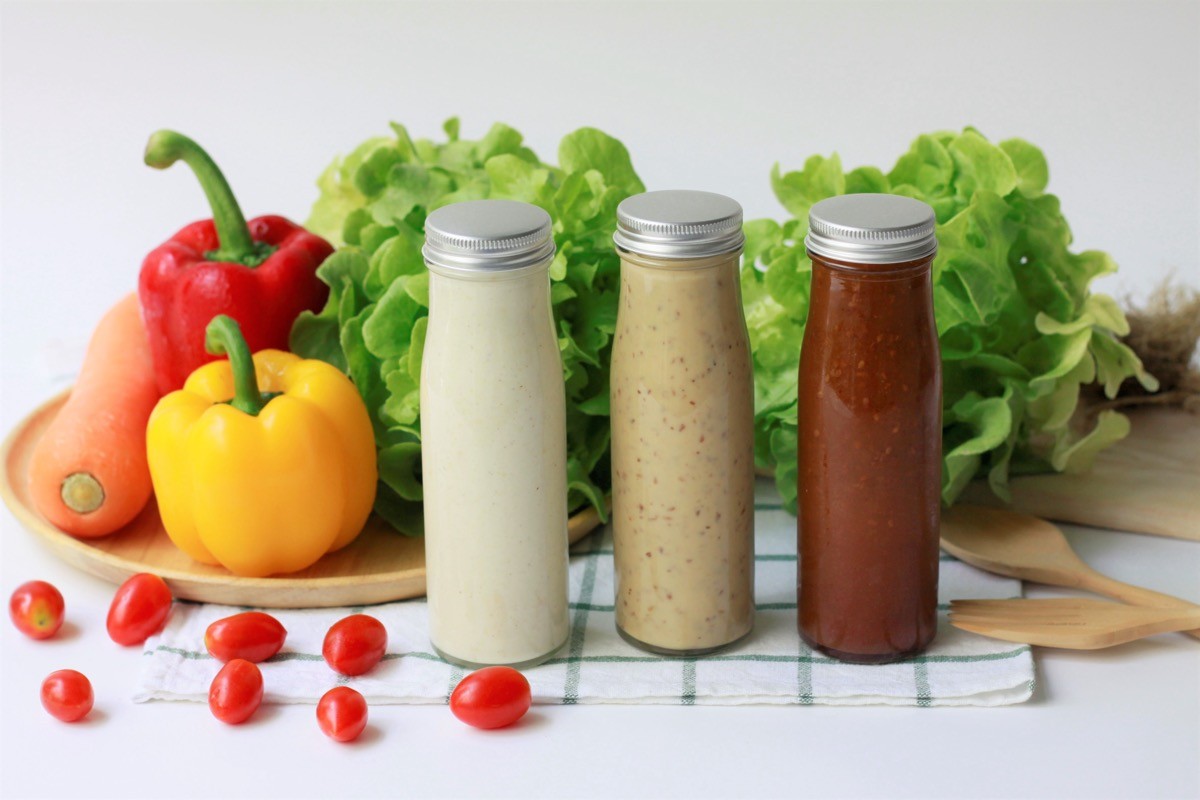
Another simply swap? She replaced full fat dressing with lower fat versions or vinegar based options. "Cutting the fat in your dressings gives you flavor without all the extra calories," she writes.
Soda for Sparkling Water
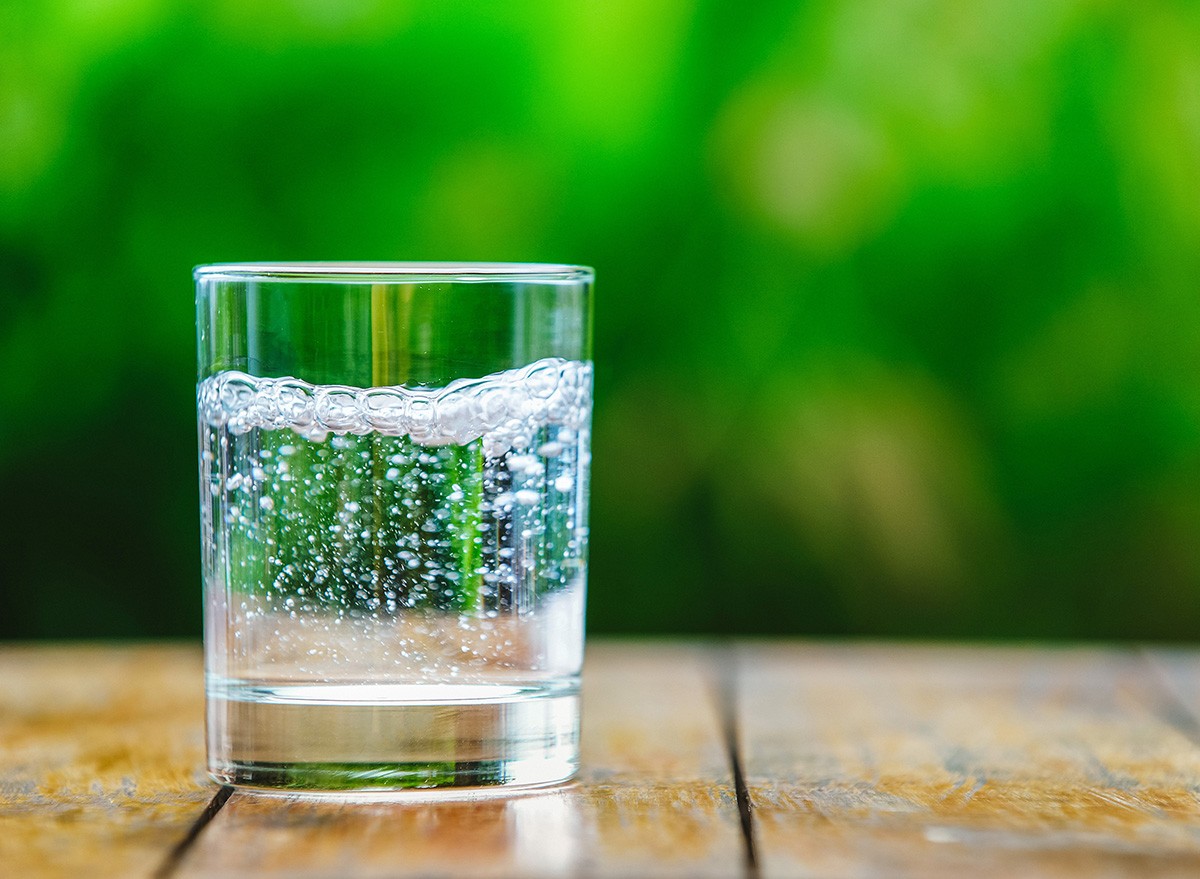
She also gave up soda for sparklign water. "Say goodbye to sugary sodas and hydrate with bubbly, calorie-free sparkling water! Add a splash of lemon or lime for extra flavor," she says.
Regular Pasta for Zucchini Noodles
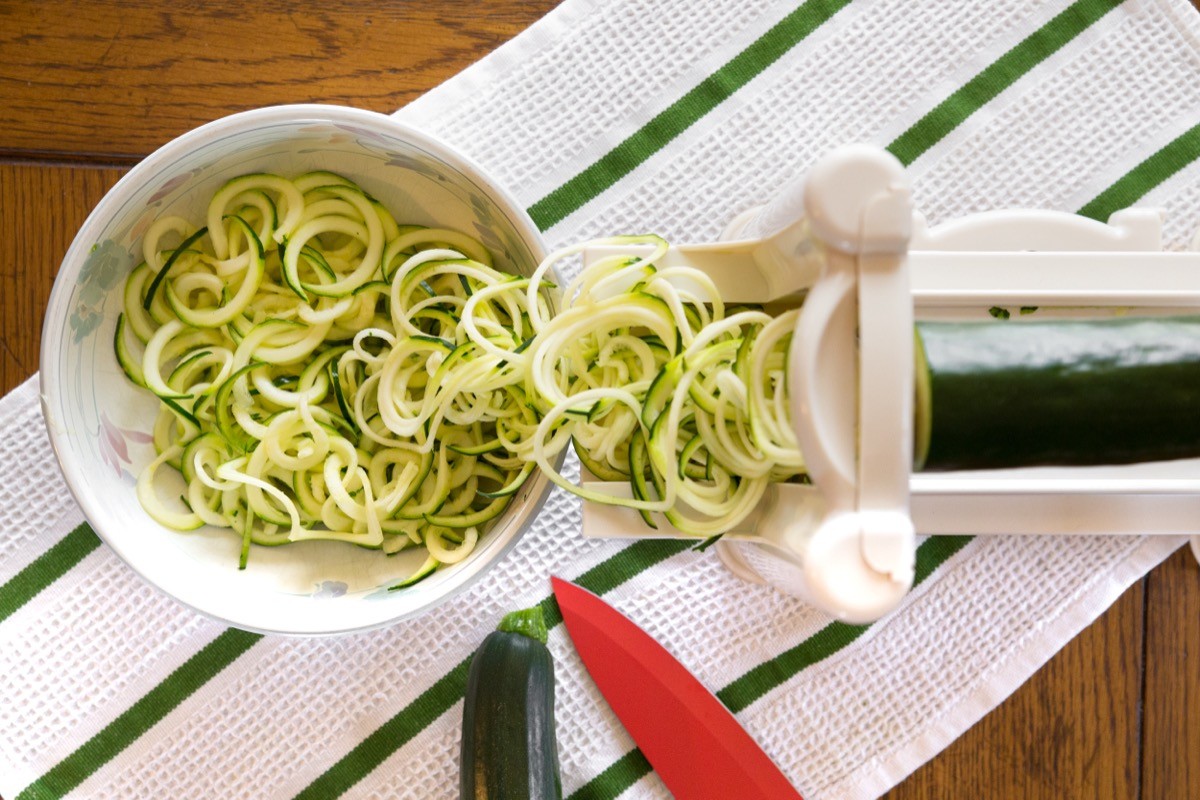
She also sacrificed regular pasta for zuchini noodles. "Zoodles are a fantastic, lower-calorie alternative to pasta and pack in extra veggies! Perfect for making your favorite pasta dishes healthier," she says.
Granola Bars for Protein Bars
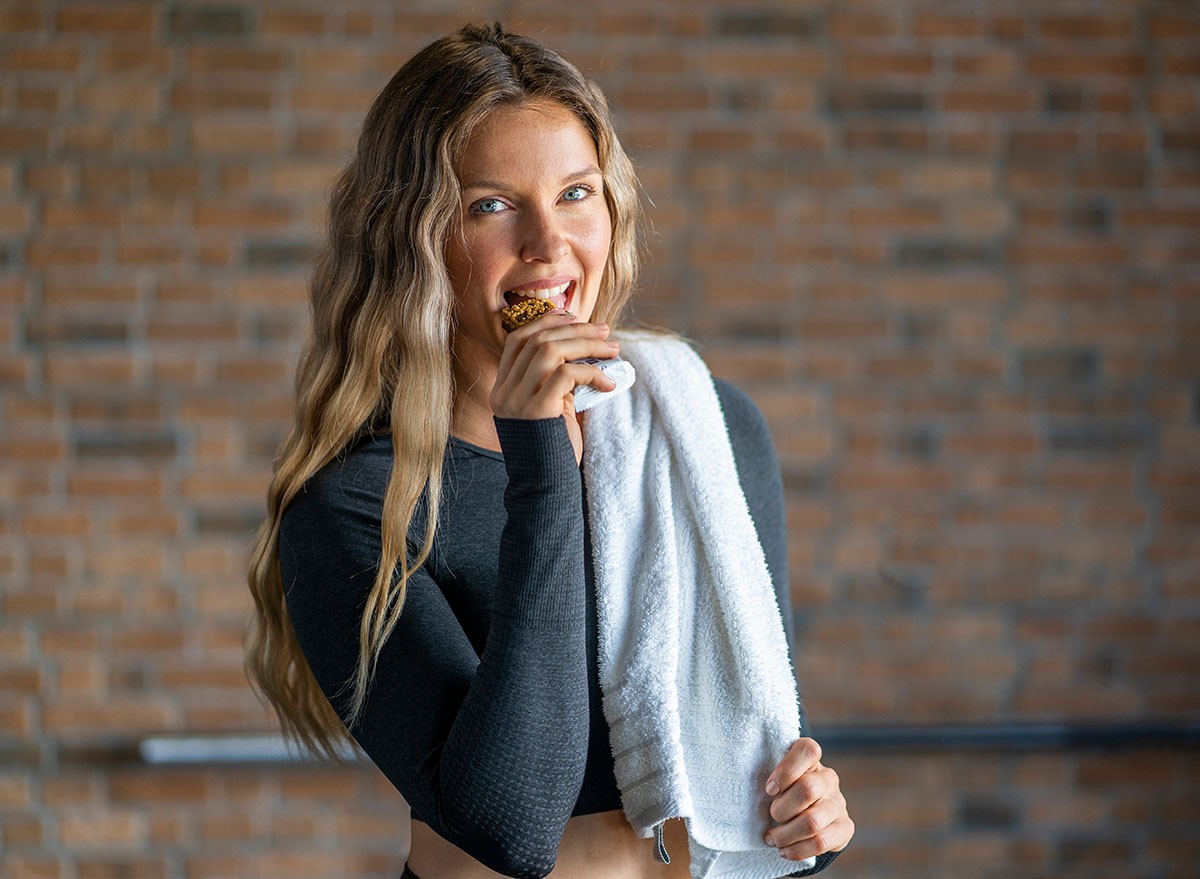
She started eating protein bars in palce of granola bars. "Granola bars can be packed with sugar and carbs. Swap them out for a protein bar that'll keep you fuller, longer, and fuel your muscles," she says.
Bottom Line

"Small, simple swaps like these can add up to BIG results over time! Consistency is key when it comes to fat loss, and these changes are easy to make while still enjoying the foods you love," she concludes. And if you enjoyed this article, don't miss these 8 High-Protein Foods with Nearly Zero Calories That Melt Fat.




